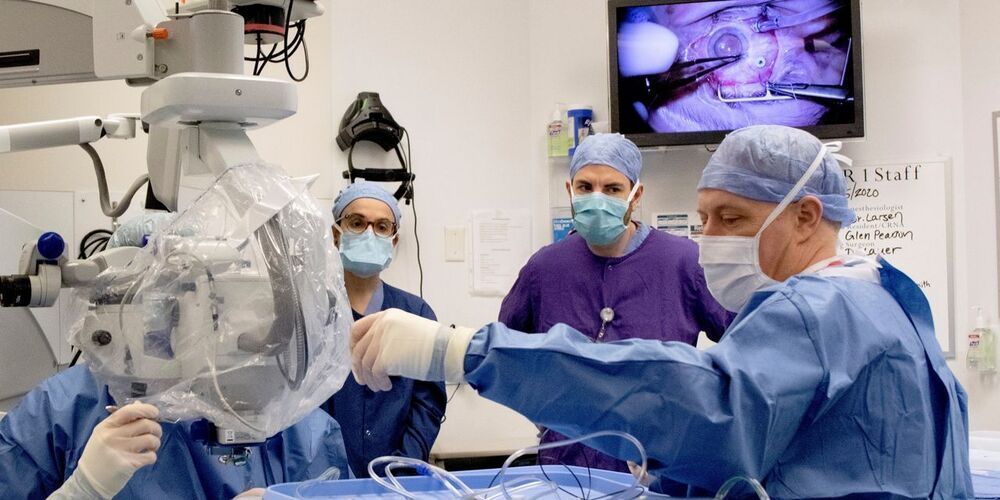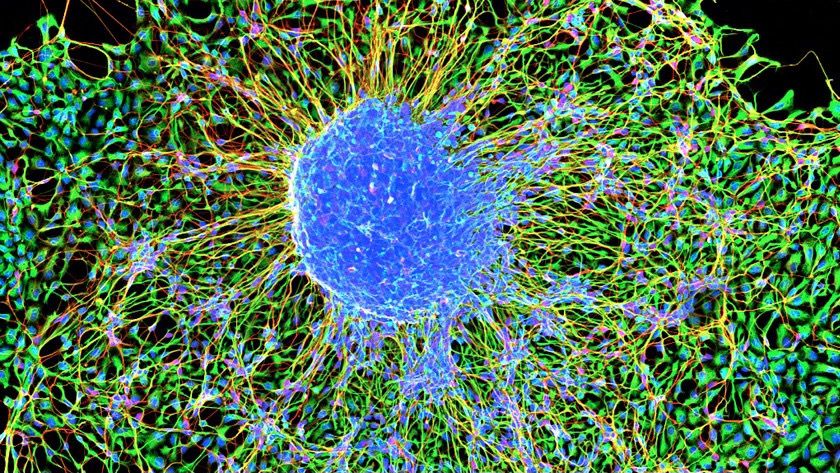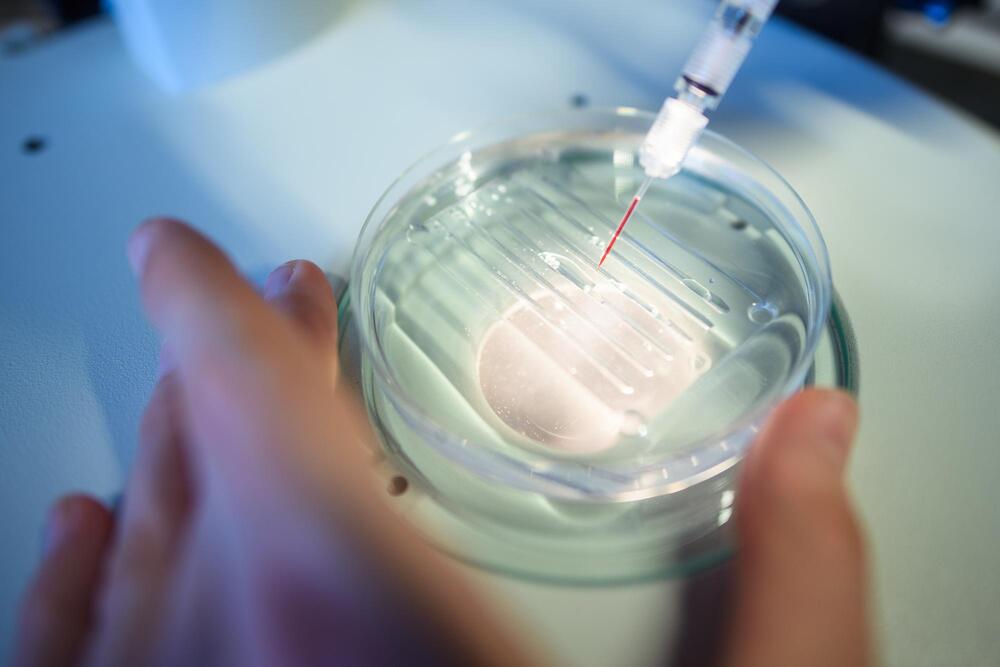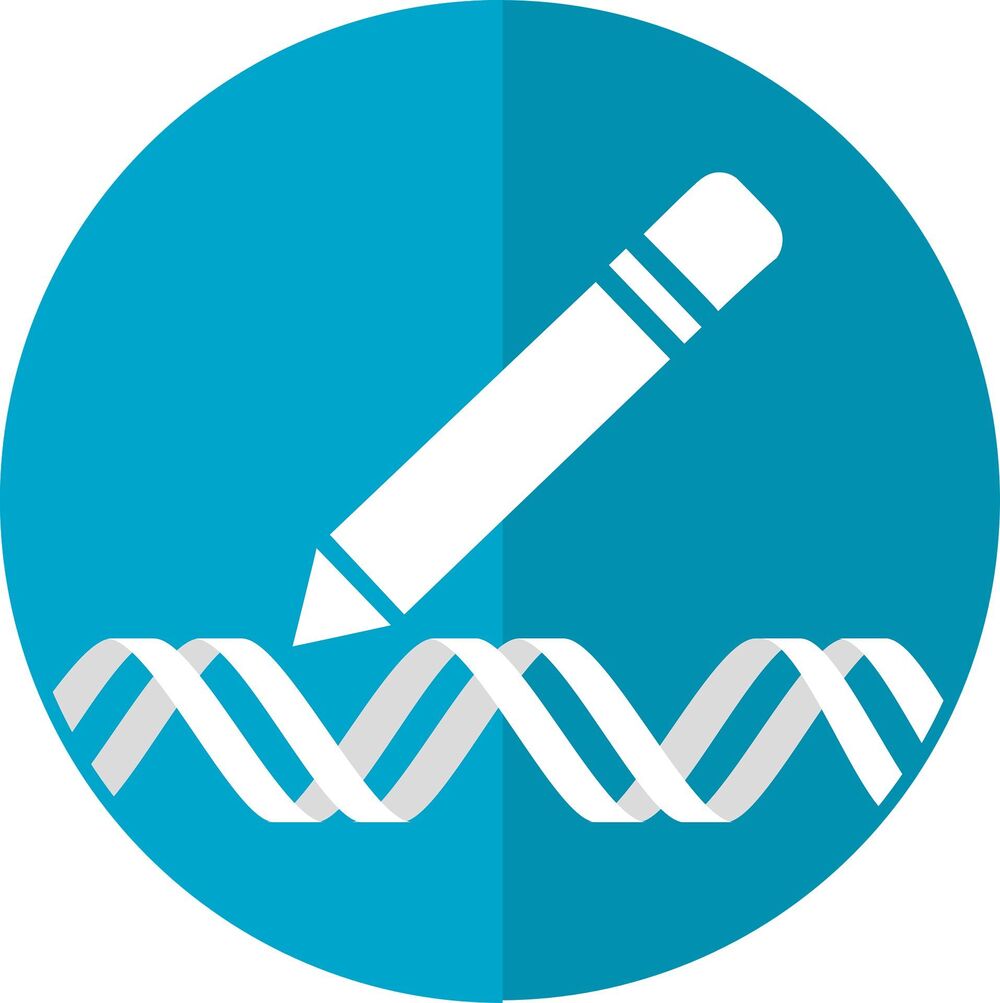Two reports call for the development of global standards for gene editing, covering unfair and potentially dangerous applications of experimental techniques, including altering DNA to enhance athletic ability.



The innovative material that creates green energy through mechanical force.
A new nanotechnology development by an international research team led by Tel Aviv University researchers will make it possible to generate electric currents and voltage within the human body through the activation of various organs (mechanical force). The researchers explain that the development involves a new and very strong biological material, similar to collagen, which is non-toxic and causes no harm to the body’s tissues. The researchers believe that this new nanotechnology has many potential applications in medicine, including harvesting clean energy to operate devices implanted in the body (such as pacemakers) through the body’s natural movements, eliminating the need for batteries.
The study was led by Prof. Ehud Gazit of the Shmunis School of Biomedicine and Cancer Research at the Wise Faculty of Life Sciences, the Department of Materials Science and Engineering at the Fleischman Faculty of Engineering, and the Center for Nanoscience and Nanotechnology, along with his lab team, Dr. Santu Bera and Dr. Wei Ji.

The researchers explain that the development involves a new and very strong biological material, similar to collagen, which is non-toxic and causes no harm to the body’s tissues. The researchers believe that this new nanotechnology has many potential applications in medicine, including harvesting clean energy to operate devices implanted in the body (such as pacemakers) through the body’s natural movements, eliminating the need for batteries.
The study was led by Prof. Ehud Gazit of the Shmunis School of Biomedicine and Cancer Research at the Wise Faculty of Life Sciences, the Department of Materials Science and Engineering at the Fleischman Faculty of Engineering and the Center for Nanoscience and Nanotechnology, along with his lab team, Dr. Santu Bera and Dr. Wei Ji.
Also taking part in the study were researchers from the Weizmann Institute and a number of research institutes in Ireland, China and Australia. As a result of their findings, the researchers received two ERC-POC grants aimed at using the scientific research from the ERC grant that Gazit had previously won for applied technology. The research was published in the prestigious journal Nature Communications.
Prof. Gazit, who is also Founding Director of the Blavatnik Center for Drug Discovery, explains: Collagen is the most prevalent protein in the human body, constituting about 30% of all of the proteins in our body. It is a biological material with a helical structure and a variety of important physical properties, such as mechanical strength and flexibility, which are useful in many applications. However, because the collagen molecule itself is large and complex, researchers have long been looking for a minimalistic, short and simple molecule that is based on collagen and exhibits similar properties. About a year and a half ago, in the journal Nature Materials, our group published a study in which we used nanotechnological means to engineer a new biological material that meets these requirements.

As the Shenzhou-12 crew of three taikonauts has lived for nearly three weeks in China’s Tianhe space station core module, the urine treatment system in the module has recycled 66 liters of urine and treated it into distilled water to support the crew, the Global Times learned from the system designers on Tuesday.
This urine treatment system — a sub-system of the life support system — was devised by Chinese scientists with the 206 Research Institute of the Second Academy of the China Aerospace Science and Industry Corp (CASIC). The developers told the Global Times that this is the nation’s first engineering application of the system, and its good performance shows how China’s space station construction work has advanced.
All indicators of the distilled water have reached the standards for usage, and the mission planners have unanimously recognized this outstanding performance, the institute said in a statement it sent to the Global Times.
The Gist: They think they can start wider human trials soon which would last 2 years then have a product in 3 to 4 years.
In this video, Drs Irina and Mike Conboy talk how TPE, therapeutic plasma exchange is already available as an FDA approved procedure and the plans to extend the usage to include more age related diseases. We also discuss the company that they have formed IMU
Our guests today are Drs. Irina and Michael Conboy of the Department of Bioengineering at the University of California Berkeley. their discovery of the rejuvenating effects of young blood through parabiosis in a seminal paper published in Nature in 2005 paved the way for a thriving field of rejuvenation biology. The Conboy lab currently focuses on broad rejuvenation of tissue maintenance and repair, stem cell niche engineering, elucidating the mechanisms underlying muscle stem cell aging, directed organogenesis, and making CRISPR a therapeutic reality.
Papers mentioned in this video.
Plasma dilution improves cognition and attenuates neuroinflammation in old mice.
https://pubmed.ncbi.nlm.nih.gov/33191466/
Rejuvenation of three germ layers tissues by exchanging old blood plasma with saline-albumin.
https://pubmed.ncbi.nlm.nih.gov/32474458/
Rejuvenation of aged progenitor cells by exposure to a young systemic environment.
https://pubmed.ncbi.nlm.nih.gov/15716955/
************************************************************
In this video, Drs Irina and Mike Conboy talk about the procedure of Neutral Blood Exchange. How it is done and how much blood of the blood is exchanged.
Our guests today are Drs. Irina and Michael Conboy of the Department of Bioengineering at the University of California Berkeley. their discovery of the rejuvenating effects of young blood through parabiosis in a seminal paper published in Nature in 2005 paved the way for a thriving field of rejuvenation biology. The Conboy lab currently focuses on broad rejuvenation of tissue maintenance and repair, stem cell niche engineering, elucidating the mechanisms underlying muscle stem cell aging, directed organogenesis, and making CRISPR a therapeutic reality.
Papers mentioned in this video.
Plasma dilution improves cognition and attenuates neuroinflammation in old mice.
https://pubmed.ncbi.nlm.nih.gov/33191466/
Rejuvenation of three germ layers tissues by exchanging old blood plasma with saline-albumin.
https://pubmed.ncbi.nlm.nih.gov/32474458/
Rejuvenation of aged progenitor cells by exposure to a young systemic environment.
https://pubmed.ncbi.nlm.nih.gov/15716955/
************************************************************
Health claims Disclosure: Information provided on this video is not a substitute for direct, individual medical treatment or advice. Please consult with your doctor first. Products or services mentioned in this video are not a recommendation.
Audio Copyright Disclaimer:
Please note that we have full authorization to the music that we used in our videos as they were created using the service WeVideo which provides the rights to the music. The rights are detailed in the terms of use that can be reviewed here https://www.wevideo.com/terms-of-use and any following inquiries should be addressed to [email protected].
*****************************************************************
If you would like to support our channel, we’d love a coffee…thank you! https://www.buymeacoffee.com/mhealthspan.
#BoodPlasmaDilution #Conboy #Rejuvenation #IrinaConboy #UCBerkeley #Tissue #NBE #CRISPR #youngbloodplasma #stemcell #organogenesis #ConboyLab #aging #longevity #anti-aging #Healthspan #modernhealthspan

In 2016, researchers at the Salk Institute showed that activating certain genes associated with embryonic development could “reprogram” the age of cells and boost the age of mice. Last year, they even managed to use the process to restore vision in old mice.
But the natural “reprogramming” described in the new Harvard study is unlikely to be exactly the same and may be far more comprehensive as it resets cellular age to ground zero, rather than simply reversing it by a few years.
Now that they know when this process happens, the researchers hope they can discover what the actual mechanism is, how similar it is to artificial cellular programming, and whether it can be induced in normal adult cells to rejuvenate them. That’s likely to be a long road, but could eventually lead to major breakthroughs in longevity science.

CRISPR gene editing already promises to fight diseases that were once thought unassailable, but techniques so far have required injecting the tools directly into affected cells. That’s not very practical for some conditions. However, there’s just been a breakthrough. NPR reports that researchers have published results showing that you can inject CRISPR-Cas9 into the bloodstream to make edits, opening the door to the use of gene editing for treating many common diseases.
The experimental treatment tackled a rare genetic disease, transthyretin amyloidosis. Scientists injected volunteers with CRISPR-loaded nanoparticles that were absorbed by the patients’ livers, editing a gene in the organ to disable production of a harmful protein. Levels of that protein plunged within weeks of the injection, saving patients from an illness that can rapidly destroy nerves and other tissues in their bodies.
The test involved just six people, and the research team still has to conduct long-term studies to check for possible negative effects. If this method proves viable on a large scale, though, it could be used to treat illnesses where existing CRISPR techniques aren’t practical, ranging from Alzheimer’s to heart disease.

Move over, gene-editing proteins—there’s a smaller, cheaper, more specific genetic engineering tool on the block: DNAzymes—small DNA molecules that can function like protein enzymes.
Researchers at the University of Illinois Urbana-Champaign have developed a technique that, for the first time, allows DNAzymes to target and cut double-stranded DNA, overcoming a significant limitation of the technology. DNAzymes have been used in biosensing, DNA computing and many other applications. However, when it comes to genetic engineering applications such as gene editing or gene therapy, they have faced a challenge: DNAzymes have only been able to target sites on single-stranded DNA, while the DNA coding for genes in cells is double-stranded. The researchers published their new technique in the Journal of the American Chemical Society.
“DNAzymes have many advantages, including higher stability, smaller size and lower cost than protein enzymes. These advantages perfectly fit the requirement for genetic engineering tools,” said study leader Yi Lu, a professor of chemistry at Illinois. “No DNAzymes could alter double-stranded DNA until this work. By making that happen, we open the door for DNAzymes to enter the entire world of genetic engineering.”

Quick, accurate and easy-to-use, CRISPR-Cas9 has made genomic editing more efficient—but at the same time has made human germline editing much more feasible, erasing many of the ethical barriers erected to prevent scientists from editing the genes of heredity.
“The ethical debate about what is now called human gene editing has gone on for more than 50 years,” writes Dr. John H. Evans, co-director of the Institute for Practical Ethics at the University of California, San Diego. “For nearly that entire time, there has been consensus that a moral divide exists between somatic and human germline editing.”
In an essay published in the Proceedings of the National Academy of Sciences (PNAS), Evans contends that many of the potent bioethical arguments that once made germline editing a verboten concept, have begun to dissolve in the era of CRISPR.